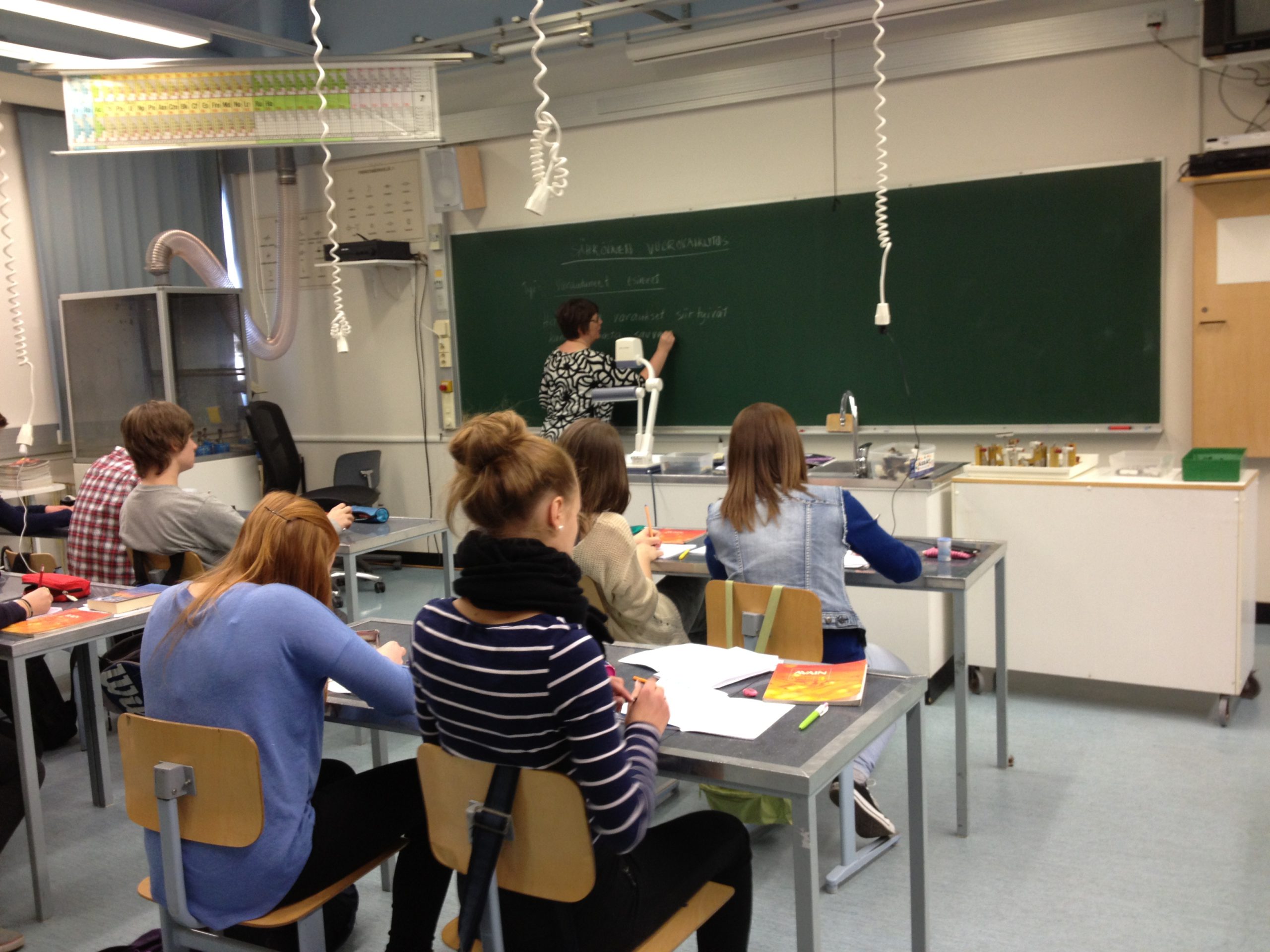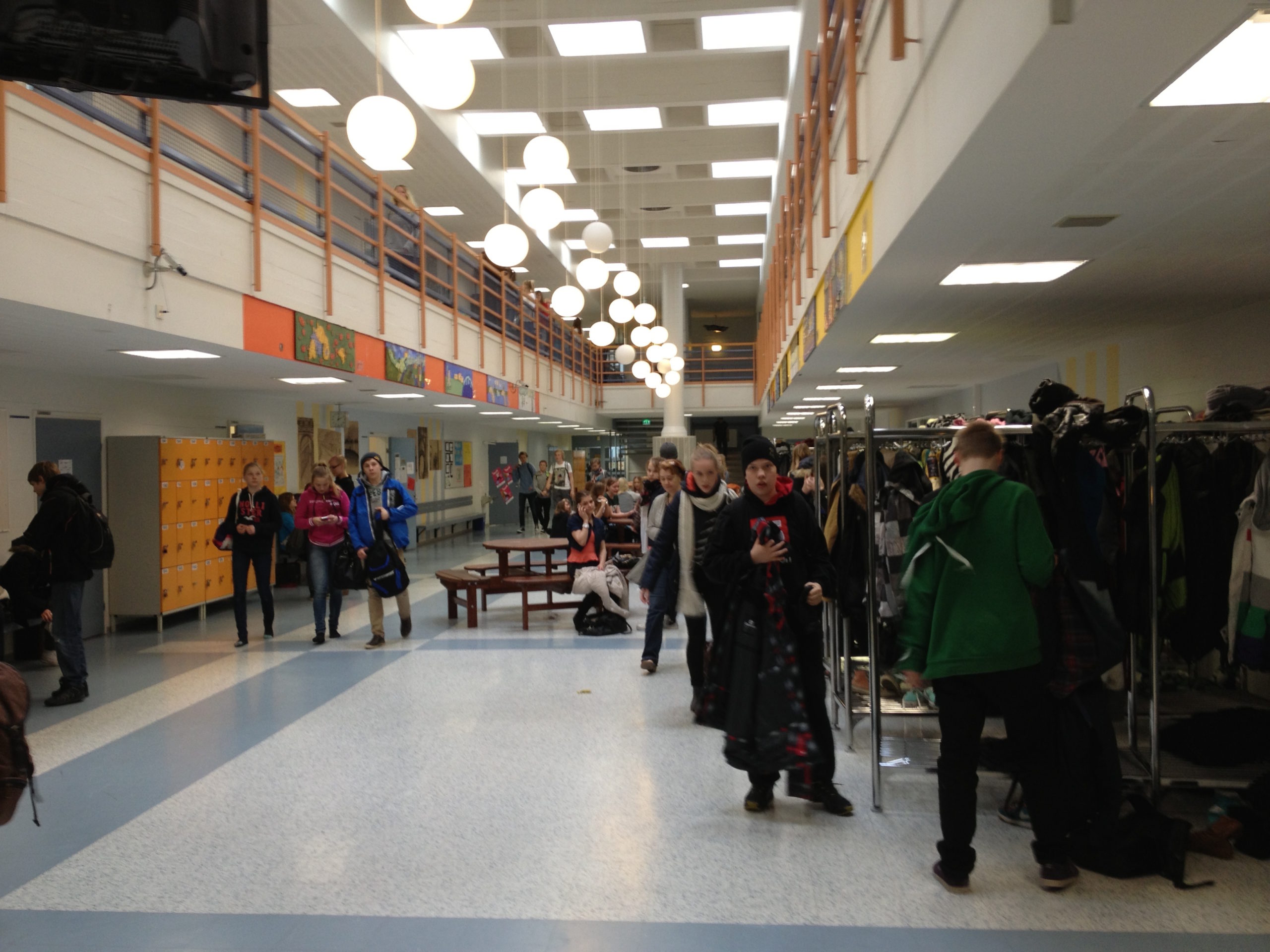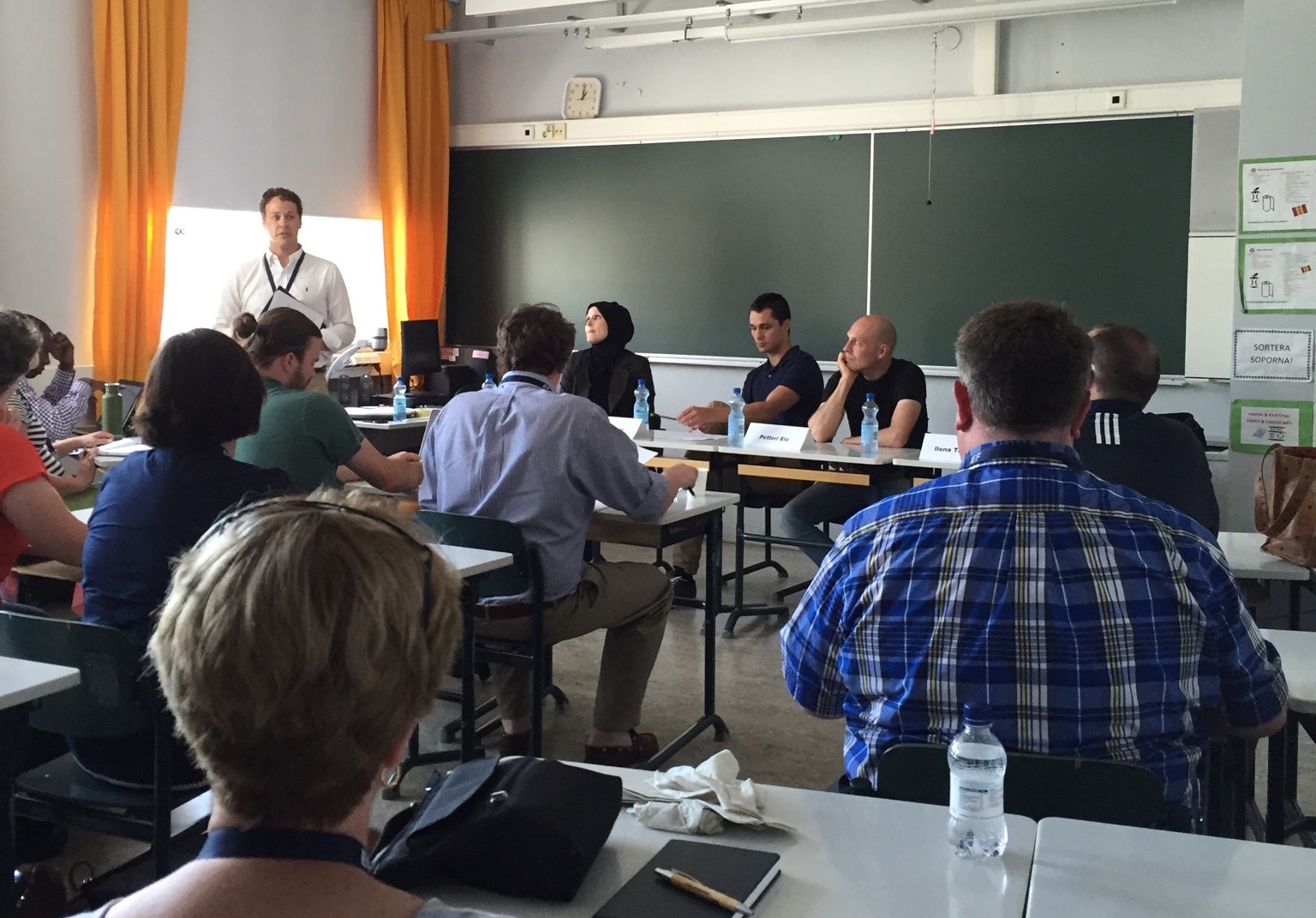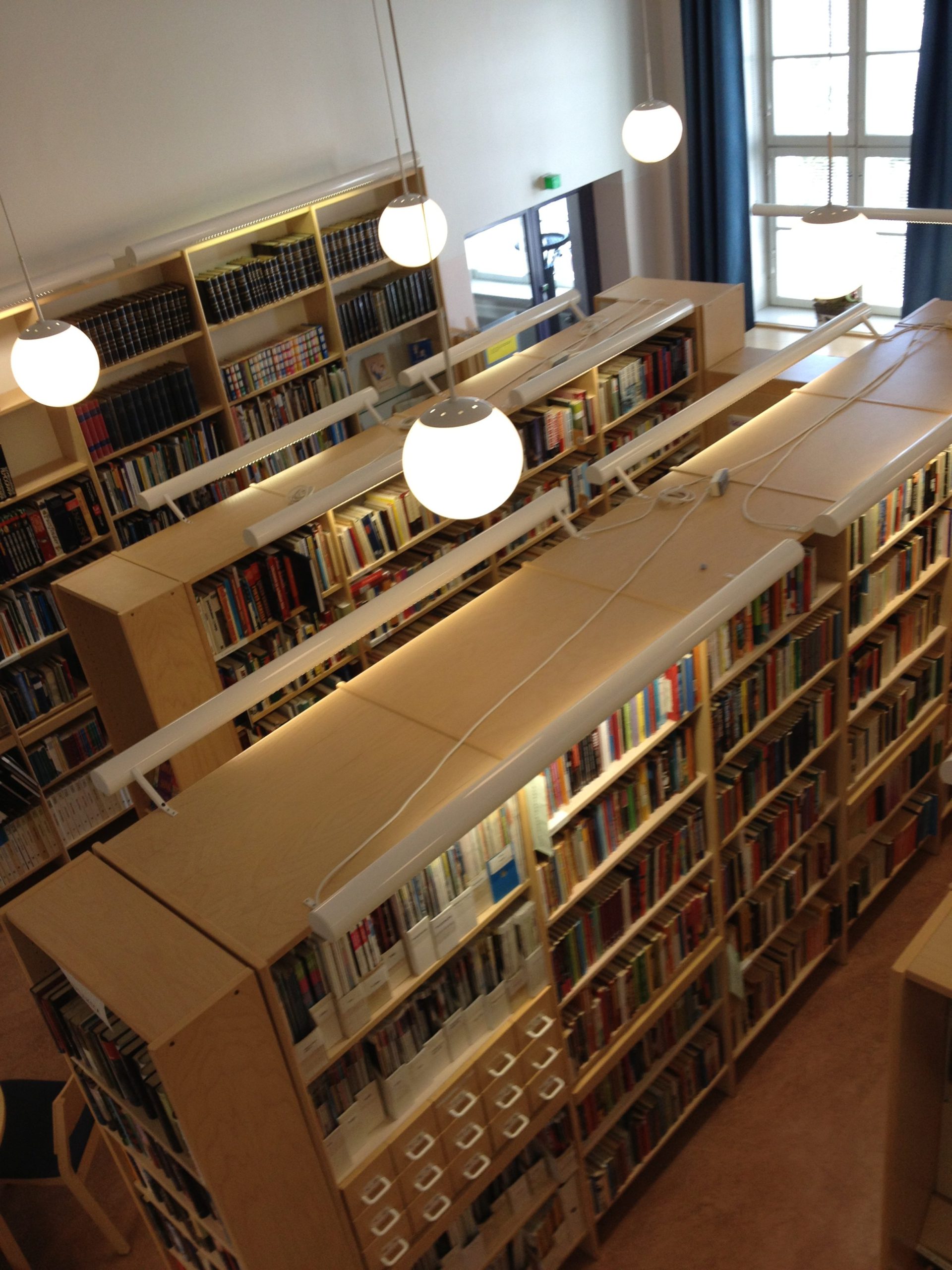In the latest round of the Program for International Student Assessment (PISA) exam, given to more than 500,000 15-year-olds in 72 nations, students in the U.S. once again scored in the middle of the pack—and below average in math—raising concerns and sending educators looking for answers.
The search often turns to the top of the PISA results and the countries listed there, specifically Finland, which is often hailed as a model for Western education systems.
Comprising 130,000 square miles of northern Europe, Finland is a homogeneous nation where 90 percent of the 5.5 million people speak the same language and the poverty rate is under 6 percent, compared to the 15 percent poverty rate in the U.S.
Consequently, economic and social diversity are not significant issues, which are major considerations for U.S. educators.
Education is also a national priority, funded well, with more than 55 percent in federal dollars, and catering to working families. Free meals, health care and outside-of-class child care are available to all students, who start formal schooling at age 7 after state-sponsored compulsory kindergarten that features outdoor play and exploration.

School is mandatory through grade 9, or age 16, with two tracks in high school—general academic and vocational. Nearly 40 percent of students choose the vocational side, which is geared toward what the country expects to need in the next decade in terms of skilled workers, such as computer coding and engineering.
Class size averages around 20, which is a little smaller than in the U.S. And standardized testing and school assessment barely exist.
“Finland is probably the best example of a whole-child education that there is at a national level” says Sean Slade, senior director of global outreach for ASCD. He cites Finnish dedication to overall equity and an emphasis on health, well-being and social-emotional education.
Can’t copy everything

John Burkey, superintendent of Huntley Community School District in Illinois, toured schools in Finland with 30 other superintendents for a week last summer to see firsthand how the education system works.
The delegation sat in classrooms and met with educators, and he says the Finnish approach succeeds mostly because of a huge national emphasis on, and trust in, public education.
“You really have to put an education system in the context of its culture” Burkey says. “You can’t say, ‘Wow, they’re No. 1 in the world, we’re going to copy that.’ Finland operates in its societal framework. We can learn from them but we can’t replicate everything.”
Lessons from high achievers: Finland
Finland students spend less time in class and doing homework than do their American counterparts, which requires highly prepared teachers to lead students in deeper subject explorations.
For example, Finnish officials recently announced that traditional school subjects—physics, math and history—will be individually phased out of the curriculum, replaced by an interdisciplinary instructional format. A lesson on World War II, for instance, will combine history with geography and math.
Although abandoning a subject-delineated curriculum across the U.S. would be impossible, other aspects of the Finnish system are worth considering.
Educator preparation

In Finland, teaching is a highly respected, coveted and comparatively well-paid profession. Only 10 percent of students who apply to college teaching programs are accepted. Preparation is rigorous; no teacher even steps in front of a class without a master’s degree.
Student seat time in Finland is among the lowest in the world at about 20 hours per week; by comparison, U.S. and Chinese students average around 30 hours while Japanese and German students are close to 24 hours, according to a report from the Center for Public Education.
Finland also mandates 15-minute recess periods between every class, so teachers have extensive time for lesson preparation.
“No teacher teaches every lesson of the day” says Slade, who estimates that instruction occupies only about half to two-thirds of teacher time. “During the week, teachers get together, assess issues and plan as teams. They develop a unified teaching core and approach.”
Lessons from high achievers: Japan
Elementary-level teachers stay at each school for three to five years, and then are rotated between grades and schools in a region to maintain overall education quality and to reduce burnout.
Autonomy and trust are also given to the individual schools in terms of what is taught and how it is taught, which also helps empower educators. “We heard over and over from teachers there, how valuable that time is to really perfect their craft and to be able to collaborate with other teachers” says Burkey.
“Now the struggle here is that in our society, we believe students need to be here six hours a day, so we have to find different ways to give teachers that extra time.”

In addition to having more hours for preparation, Finnish teachers also assign less homework than do their international counterparts. They believe that the best place for students to learn is at school where trained professionals are available to assist.
Quality is emphasized over a quantity of assignments.
“We spend a lot of time in our education system giving kids busy work that comes back to our belief that if kids are working hard, they must be learning a lot” says Burkey. “If kids are working hard on work that’s meaningless, that’s not beneficial to them.”
Lessons from high achievers: China
Class sizes of up to 50 students mean teachers actually have fewer classes to instruct, and more time to prepare lessons and to collaborate with colleagues. This also results in more team-teaching.
Less is more
The Nordic people embrace simplicity, and that appreciation of minimalism carries over into various physical aspects of education.
“From the U.S. perspective, we have so many sparkly things that enhance our education—the multiple technological things that we’re doing” says Martin Miller, superintendent of Antwerp Local Schools in Ohio, who visited Helsinki last June as part of a three-person delegation from the Buckeye Association of School Administrators.
“In Finland, it seems as though they stick to the basics of education, and it’s working.”
Finnish schools are well-built and practical, and not overly reliant on technology. Classrooms are basic, with traditional chairs, tables and chalkboards instead of interactive whiteboards.
“The Fins really focus on design, so when you walk into a building, you see walls that move, tables that disappear, cafeteria tables that fold up in ways that we’ve never imagined” says Darrell Lockwood, superintendent of Chester School District in New Hampshire, who has visited Finland several times.

Although computer education is taught, laptops and Chromebooks are not common outside of lab spaces. “It kind of reminds me of ‘Leave it to Beaver,’ a 1950s sort of thing” says Miller.
Building character
The Fins approach K12 education as more than an 8 a.m. to 2:30 p.m. experience, says Lockwood, and that includes before- and after-school programs geared around the working schedules of parents.
Lockwood brought that concept back to his district, which has only half-day kindergarten. He initiated an after-school child-care program for kindergarten students, which has since helped to double enrollment.
In Finland, life skills that build character—such as critical thinking and group problem-solving—anchor the education process.







